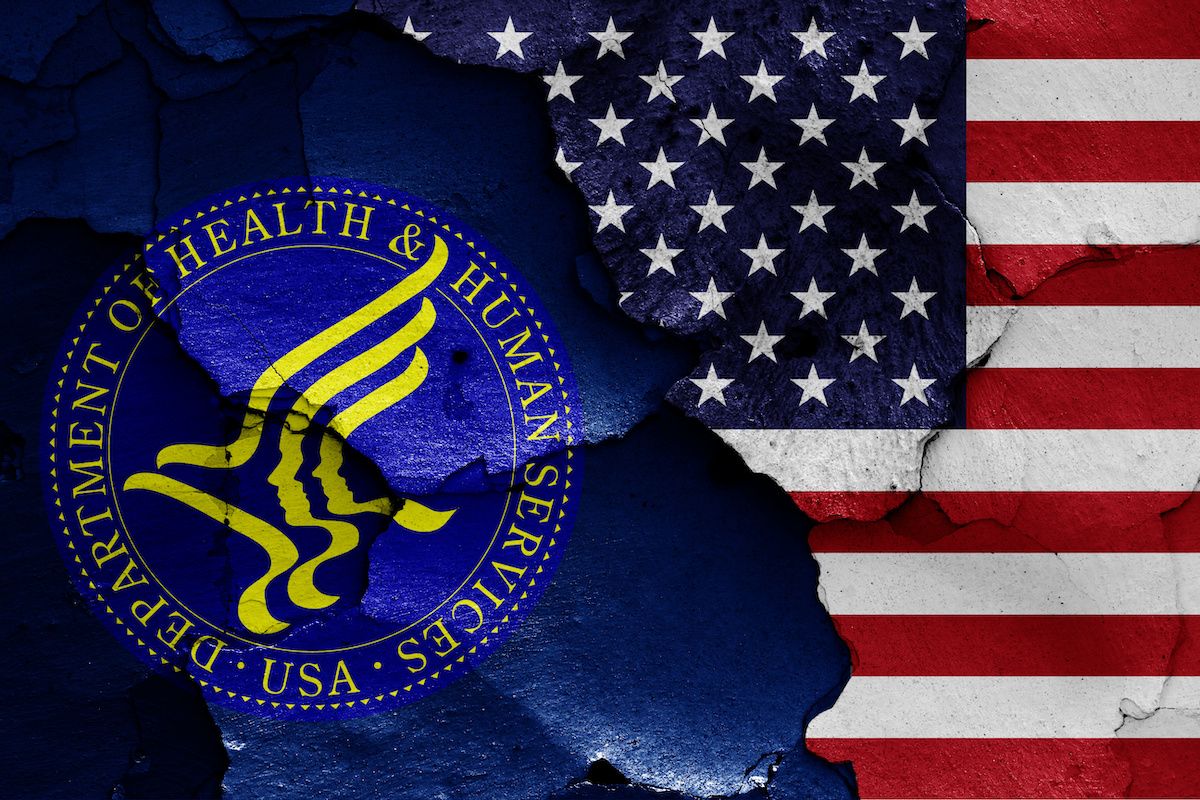News
Article
NeuroOne announces public offering, speeds up timeline for its trigeminal nerve ablation system
Author(s):
Key Takeaways
- NeuroOne's public offering aims to raise $8 million for working capital, closing around April 7.
- The OneRF Trigeminal Nerve Ablation System targets trigeminal neuralgia, potentially generating revenue by late 2025.
The company also expects to submit its application for 510(k) clearance for its OneRF Trigeminal Nerve Ablation System in May, sooner than expected.
Credit: NeuroOne

NeuroOne Medical Technologies Corp., a medical technology company focused on improving surgical care for patients with neurological disorders, announced Friday it has priced an underwritten registered public offering of 16 million shares of its common stock, according to a company news release.
The public offering is expected to close on or about April 7 and is expected to generate about $8 million before other expenses. The company intends to use the net proceeds for working capital.
That’s not the only recent good news for NeuroOne: The company also expects to submit its application for 510(k) clearance for its OneRF Trigeminal Nerve Ablation System in May, sooner than expected. If all goes well and the device clears, revenue would begin to hit in late 2025, the company said in March.
The OneRF Trigeminal Nerve Ablation System is a minimally invasive procedure that uses radiofrequency energy to destroy abnormal tissue, providing potential relief for patients with trigeminal neuralgia and its severe, chronic facial pain caused by dysfunction of the trigeminal nerve.
“If cleared, we see trigeminal nerve ablation as the second radiofrequency ablation technology in our portfolio, with several additional ablation applications potentially on the horizon,” said Dave Rosa, president and CEO of NeuroOne, in a news release.
NeuroOne, based in Eden Prairie, Minnesota, is developing and commercializing minimally invasive, high-definition solutions for EEG recording, brain stimulation and ablation for patients with epilepsy, Parkinson’s disease, dystonia, essential tremors, chronic pain from failed back surgeries and other neurological disorders. The company may also explore applications in areas such as depression, mood disorders, pain, incontinence, high blood pressure and artificial intelligence.





